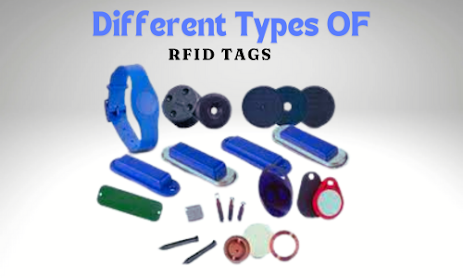NFC vs. QR Code Business Cards: Which One is Right for You?
In a world where networking is vital, digital business cards have become a game-changer. NFC (Near Field Communication) business Cards and QR Code business cards are two popular options for quickly sharing contact information and other digital content. Each has its strengths, but how do you choose the one that best suits your needs? Here’s a straightforward comparison of NFC vs. QR Code business cards, highlighting their key differences, ease of use, and features to help you make an informed decision.
Understanding NFC Business Cards
NFC (Near
Field Communication) is a wireless technology that enables devices to
communicate when they are nearby, usually within a few centimeters. NFC
business cards have embedded chips that store data, which can be read by tapping
a smartphone against the card.
Key Features of NFC Business Cards:
- Ease of Use: NFC
cards are incredibly easy to use. With a simple tap, users can
instantly share contact information, social media profiles, websites, or
other digital content without the need to open any apps.
- Technology Integration: NFC business cards
leverage advanced technology, offering a seamless experience for users
with modern smartphones.
- Customization: Data on NFC chips can be
updated or customized to meet various needs, such as sharing a portfolio
or sending users to a specific website.
- Speed: NFC
technology allows for almost instantaneous data transfer, making it
faster than scanning a QR code.
- Professional Appeal: NFC cards feel modern and
tech-savvy, making them ideal for industries where innovation is key.
However,
NFC business cards do have some limitations. Not all smartphones are equipped
with NFC readers, especially older models. Additionally, these cards can be
more expensive to produce compared to traditional QR code cards.
Understanding QR Code Business Cards
QR (Quick
Response) codes are 2D barcodes scannable by smartphones. When scanned, the
code directs users to a website, social media page, or other digital content.
Key Features of QR Code Business Cards:
- Wide Compatibility: Almost all smartphones
come with built-in QR
code scanners, either within the camera or through a downloadable app,
making it highly accessible.
- Cost-Effective: QR code business cards are
generally cheaper to produce than NFC cards. You only need to print the QR
code on the card, and it can be scanned multiple times.
- No Additional Tech Required: Since scanning QR codes
requires no special hardware, it can be used by a broader audience,
including those without NFC-enabled phones.
- Customizable: Just like NFC cards, QR
codes can be linked to various forms of content, such as websites,
portfolios, or social media profiles.
- Printable: QR codes can be added to
any material, whether it’s a business card, a flyer, or even a product
package.
However,
QR codes have some downsides. They require users to open their phone’s camera
or an app, which might take slightly longer than NFC’s tap-and-go
functionality. Additionally, scanning QR codes in low light or from a damaged
surface can be tricky.
A Side-by-Side Comparison
|
Feature |
NFC
Business Cards |
QR
Code Business Cards |
|
Ease of Use |
Tap to transfer information
instantly |
Requires opening camera to scan
code |
|
Cost |
Higher due to NFC chip
production |
Lower, simply print the QR code |
|
Speed |
Instantaneous data transfer |
Slight delay due to the scanning
process |
|
Customization |
Easily programmable and
updatable |
Customizable but fixed once
printed |
|
Compatibility |
Limited to NFC-enabled devices |
Works with nearly all
smartphones |
|
Durability |
Chip could wear over time |
QR codes can be damaged or
faded |
Which is Best
for Your Business?
Choosing
between NFC and QR code business
cards depends on your business needs, audience, and budget.
- NFC Cards: These are ideal if you
want to present yourself as cutting-edge and tech-savvy. If your audience
is likely to have modern smartphones and you’re looking for an easy, fast,
and seamless way to share data, NFC cards are a great option. Industries
like tech, marketing, and startups may benefit from the professional
appeal of NFC business cards.
- QR Code Cards: If you’re looking for a
cost-effective solution that can reach a broader audience, QR code
business cards are a solid choice. They work with nearly any smartphone
and don’t require special hardware, making them more accessible to people
who may not have the latest technology. They are also perfect for mass
distribution, especially in industries like retail, events, or
hospitality.
Final Thoughts
Both NFC
and QR code business cards have their unique benefits and challenges. NFC cards
provide a sleek, modern approach to networking but come with higher costs and
limited compatibility. QR code cards are highly accessible and affordable but
may not offer the same speed or ease of use as NFC cards. By considering your
target audience, business goals, and budget, you can decide which type of
digital business card will best suit your needs.




Comments
Post a Comment